Mold and Mildew: Prevention and Removal Techniques
Alright, let’s be real. Mold is like that annoying neighbor who shows up uninvited and just won’t leave—you didn’t ask for its company, and yet here it is, ready to disrupt your peaceful life. Except, unlike that neighbor, mold isn’t interested in borrowing your leaf blower; it wants to mess with your health and your home’s good vibes. Mold and mildew are more than just unsightly—they can affect your health and your home’s structural integrity. So, let’s talk about how to prevent and deal with these unwanted guests in a way that’s effective and keeps your home feeling like a safe, healthy haven.
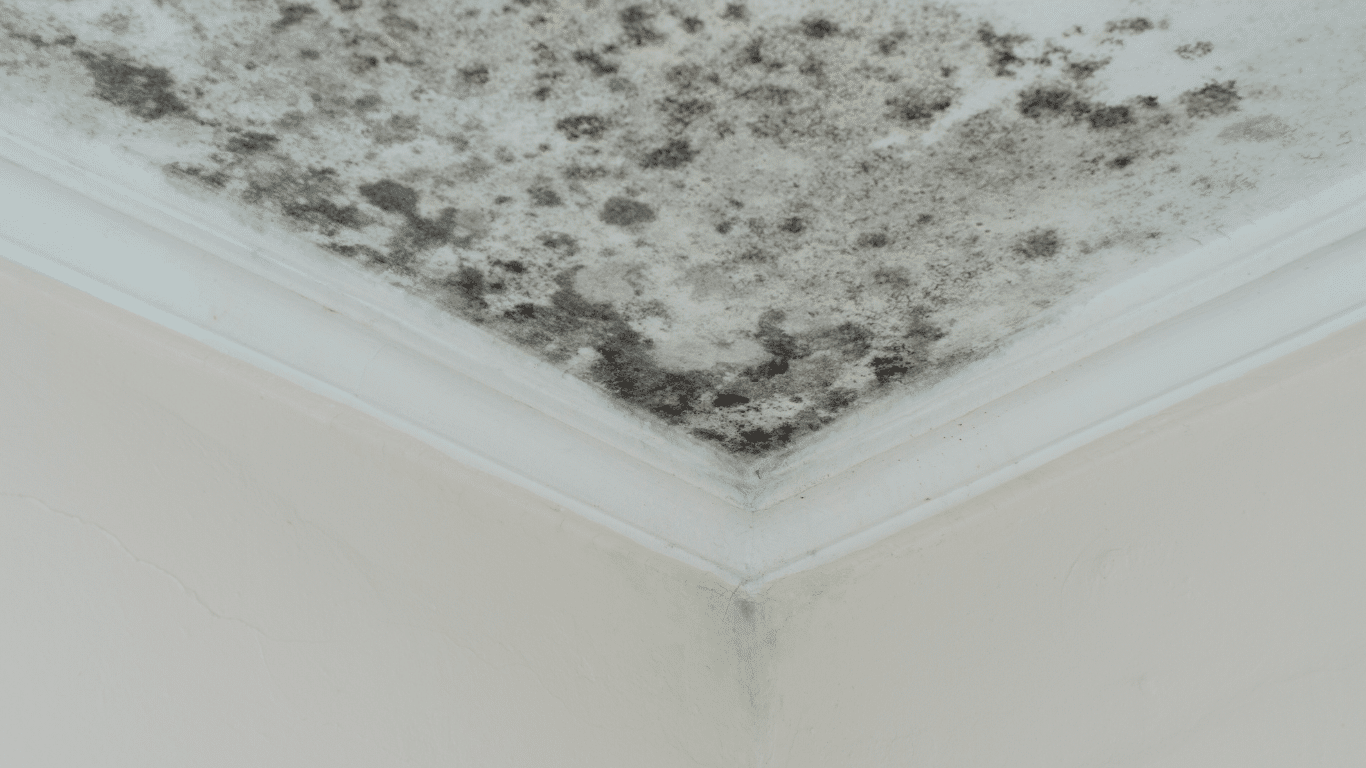
Understanding Mold and Mildew: What Are We Dealing With?
Mold and mildew are types of fungi that thrive in damp, humid environments. They love moisture and warmth, which makes bathrooms, basements, and the underside of your fridge their favorite hangouts. Mold tends to be fuzzy and come in different colors (usually black, green, or pink), whereas mildew is more powdery and typically gray or white. These fungi don’t just look unpleasant—they can pose real health risks.
Did you know that about 70% of homes have some form of mold? That’s right—you’re far from alone if you’ve seen that little patch creeping up your shower tiles. Mold is so common because of typical moisture issues, poor ventilation, and the everyday humidity many homes face. Knowing what you’re up against is the first step to kicking mold to the curb.
The Health Concerns
The CDC has noted that prolonged exposure to mold can lead to upper respiratory tract symptoms in otherwise healthy people and can be even more dangerous for those with weakened immune systems. If you’re noticing yourself coughing more often, sneezing, or dealing with watery eyes while at home, it might not be allergy season—it could be mold.
Prevention Techniques: How to Keep Mold Out of Your Home
Control the Humidity
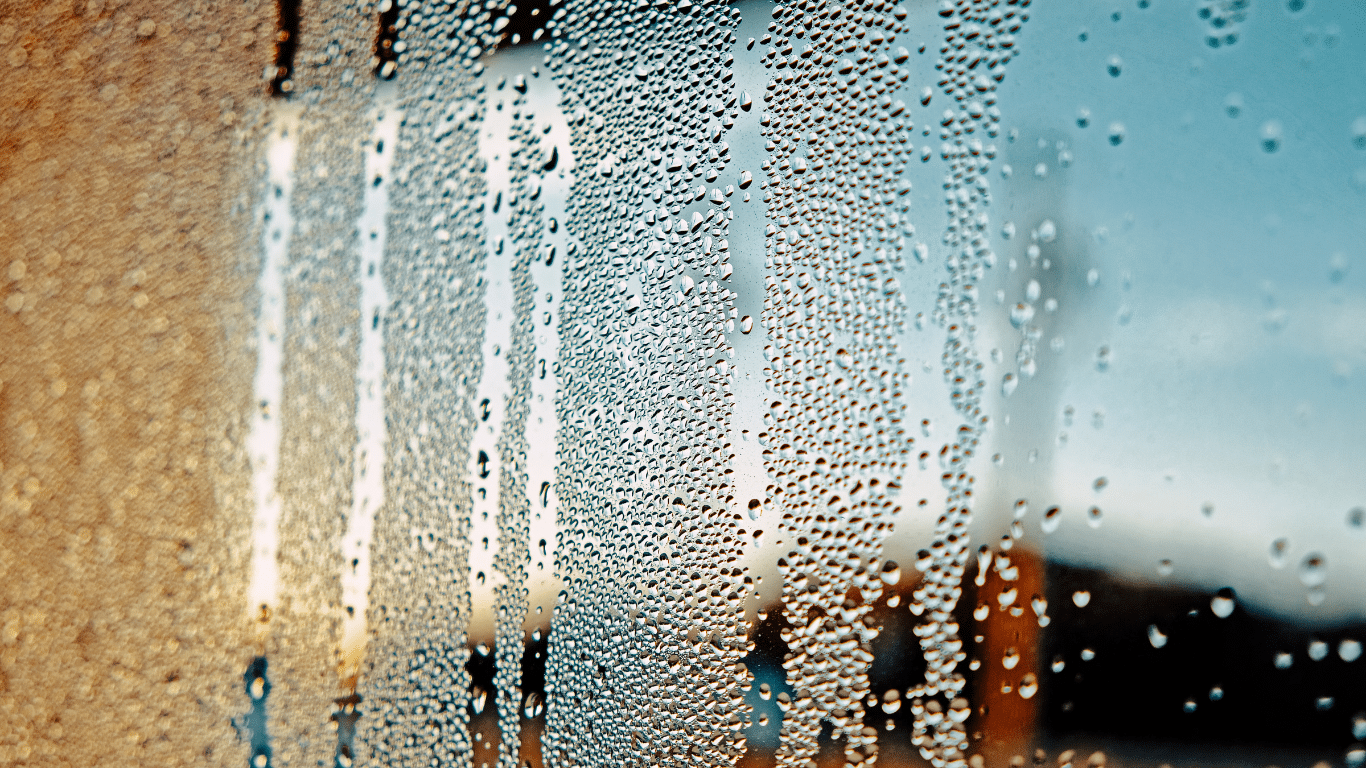
Think of humidity as mold’s favorite cocktail. Anything over 60% humidity, and you’re rolling out the red carpet for mold (according to Mayo Clinic). Invest in a good dehumidifier and keep your home’s humidity between 30-50% to make it uninviting for mold. Bathrooms, basements, and laundry rooms are prime candidates for dehumidifiers, as they tend to collect excess moisture. Reducing humidity not only prevents mold but also keeps your home more comfortable overall.
Ventilate Like You Mean It
Proper ventilation is essential to keep mold at bay. Exhaust fans aren’t just noisy distractions—they’re actually your first line of defense against excess moisture. Always run exhaust fans during and after showers for at least 10-15 minutes to remove humidity effectively.
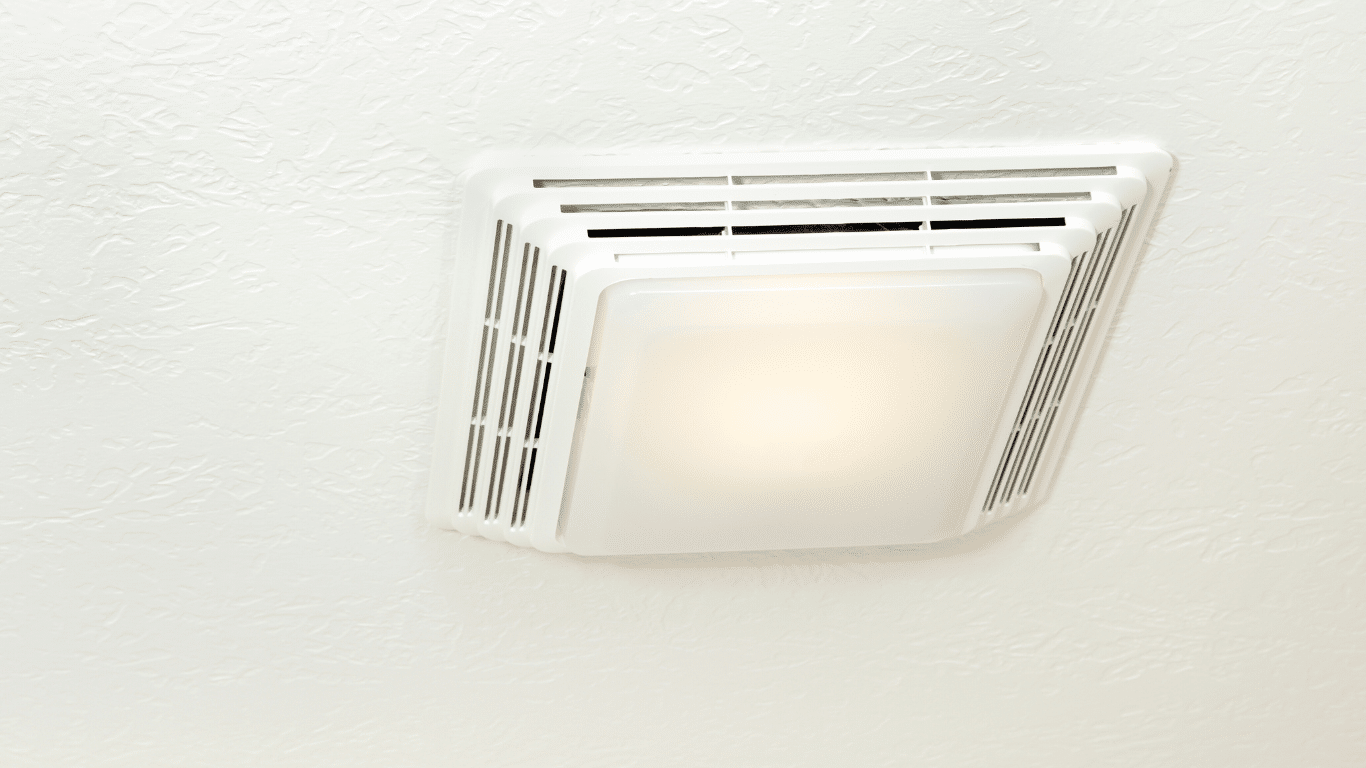
Similarly, use the kitchen fan while cooking, especially when boiling water or frying, as these activities generate significant moisture. If your bathroom or kitchen doesn’t have an exhaust fan, consider cracking a window open to let the moisture escape. Maintaining good airflow throughout your home—such as keeping interior doors open or using fans in rooms without exhaust options—will drastically reduce the chance of moisture settling and creating mold hotspots.
Address Leaks and Condensation Promptly
Mold loves a leaky pipe like I love a good cup of coffee—a lot. Leaks under sinks, behind walls, or even in your roof can lead to unnoticed dampness, which gives mold the perfect environment to grow. Fix leaks as soon as you spot them, and don’t forget to check less obvious areas like under appliances.
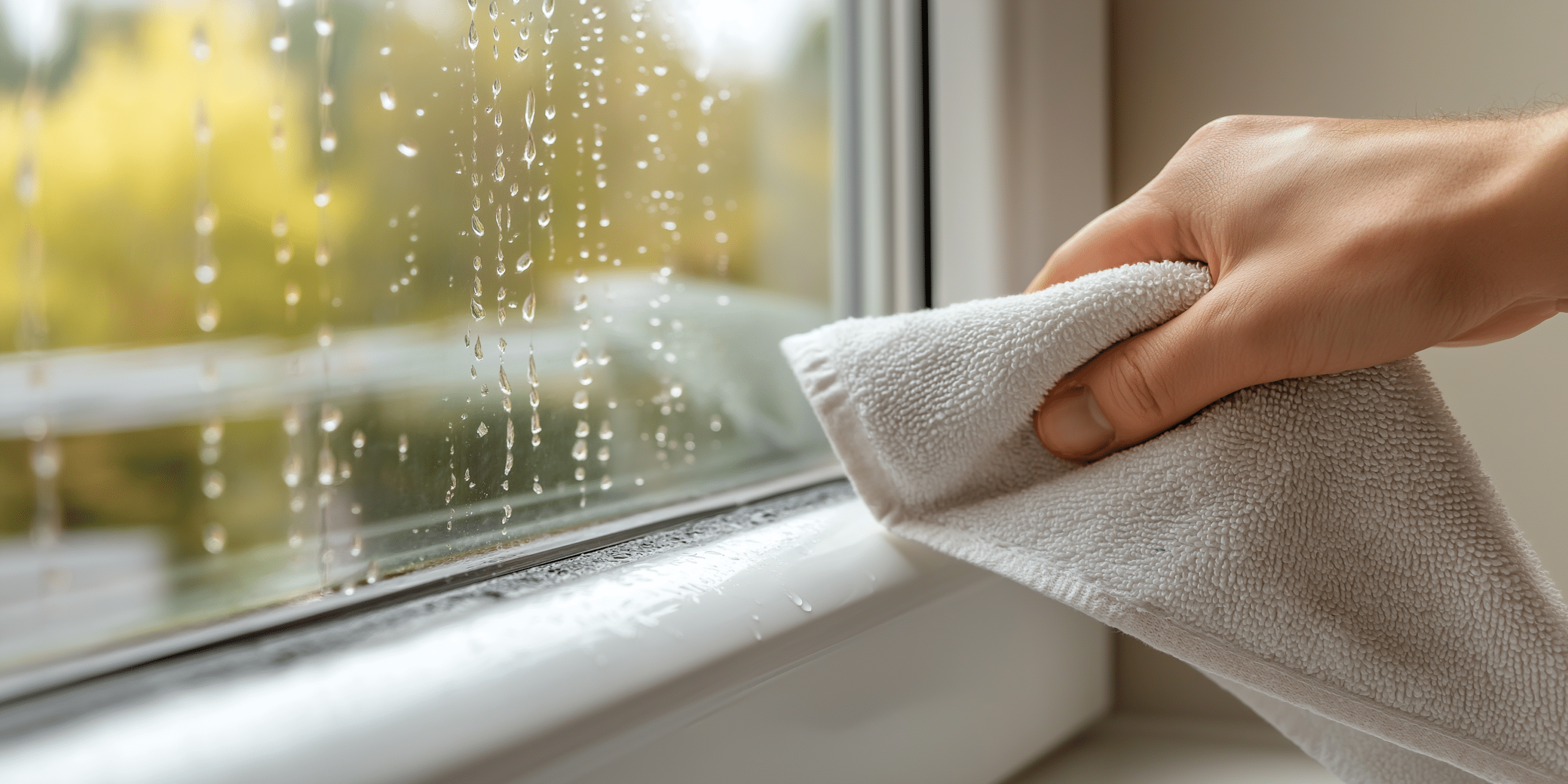
Also, pay attention to condensation that forms on windows, especially during colder months. Moisture buildup on window sills can often be overlooked, but it’s a prime breeding ground for mold. Regularly wiping down condensation and ensuring windows are properly sealed can go a long way in preventing mold growth.
Clean Regularly and Keep Moisture Away
To prevent mold effectively, keeping your home clean and dry is essential. Use mold-resistant products, especially in damp areas like bathrooms, kitchens, and basements. Focus on high-risk spots like shower walls, under sinks, and windowsills.
After each shower, drying the walls with a squeegee can make a big difference in preventing mold buildup. Regularly check for hidden moisture behind appliances, such as refrigerators or washing machines, and in corners, as these areas often get neglected but can easily attract mold if left damp. Keeping things dry and consistently cleaning these moisture-prone areas will help keep mold away for good.
Mold Removal Techniques: Let’s Get Down to Business
Vinegar: The Household Hero
White vinegar is your MVP for fighting mold. It’s cheap, natural, and effective against 82% of mold species according to research. Just pour it undiluted into a spray bottle, spritz the affected area, let it sit for an hour, and then wipe clean. For stubborn spots, you might need a bit of scrubbing. Vinegar is particularly good for porous surfaces like wood, and it leaves no harmful chemicals behind, making it a safe option for homes with kids or pets.
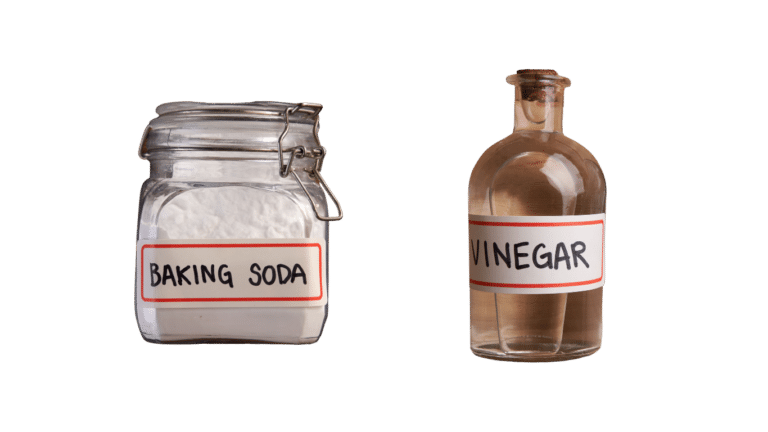
Baking Soda for Mildew
Good old baking soda is not only great for absorbing fridge odors—it’s also a powerful tool against mildew. Mix a quarter teaspoon with water in a spray bottle, shake well, and spray it directly onto the mildew-affected areas. Let it sit for about 10-15 minutes, then scrub it away using a brush or sponge. Baking soda is a non-toxic, eco-friendly option that works particularly well on mildew in bathrooms and other damp areas. Plus, it helps to eliminate odors, leaving your space smelling fresh.
Commercial Mold Removers
Sometimes, you need to call in the big guns. Products like Concrobium Mold Control can help, especially for larger mold infestations. These products are specifically formulated to eliminate mold without leaving harmful residues. When using chemical mold removers, always make sure you’re in a well-ventilated area, as strong fumes can be hazardous. Always read the label carefully and wear protective gear like gloves, goggles, and a mask to keep yourself safe during application.
Bleach: A Strong Mold Fighter
When dealing with non-porous surfaces like tiles or glass, bleach can be an effective mold remover. Mix one cup of bleach with one gallon of water, apply it to the affected area, and let it sit for about 10-15 minutes before scrubbing and rinsing. Bleach is particularly useful for surfaces where mold is tough to remove, like grout lines in tiled showers. A bleach-based cleaner is also an option if you prefer a ready-made solution for convenience.
Steam Cleaner: A Chemical-Free Option
If you want a chemical-free method for removing mold, a steam cleaner is an excellent option. The high temperature of the steam can kill mold on contact, making it particularly effective on hard surfaces such as tiles, grout, and even fabrics. Plus, it’s an eco-friendly option that sanitizes without harsh chemicals. This is the method that we at Vanilla Cleaning Company use and prefer, as it aligns perfectly with our commitment to providing eco-friendly house cleaning services in Boulder.
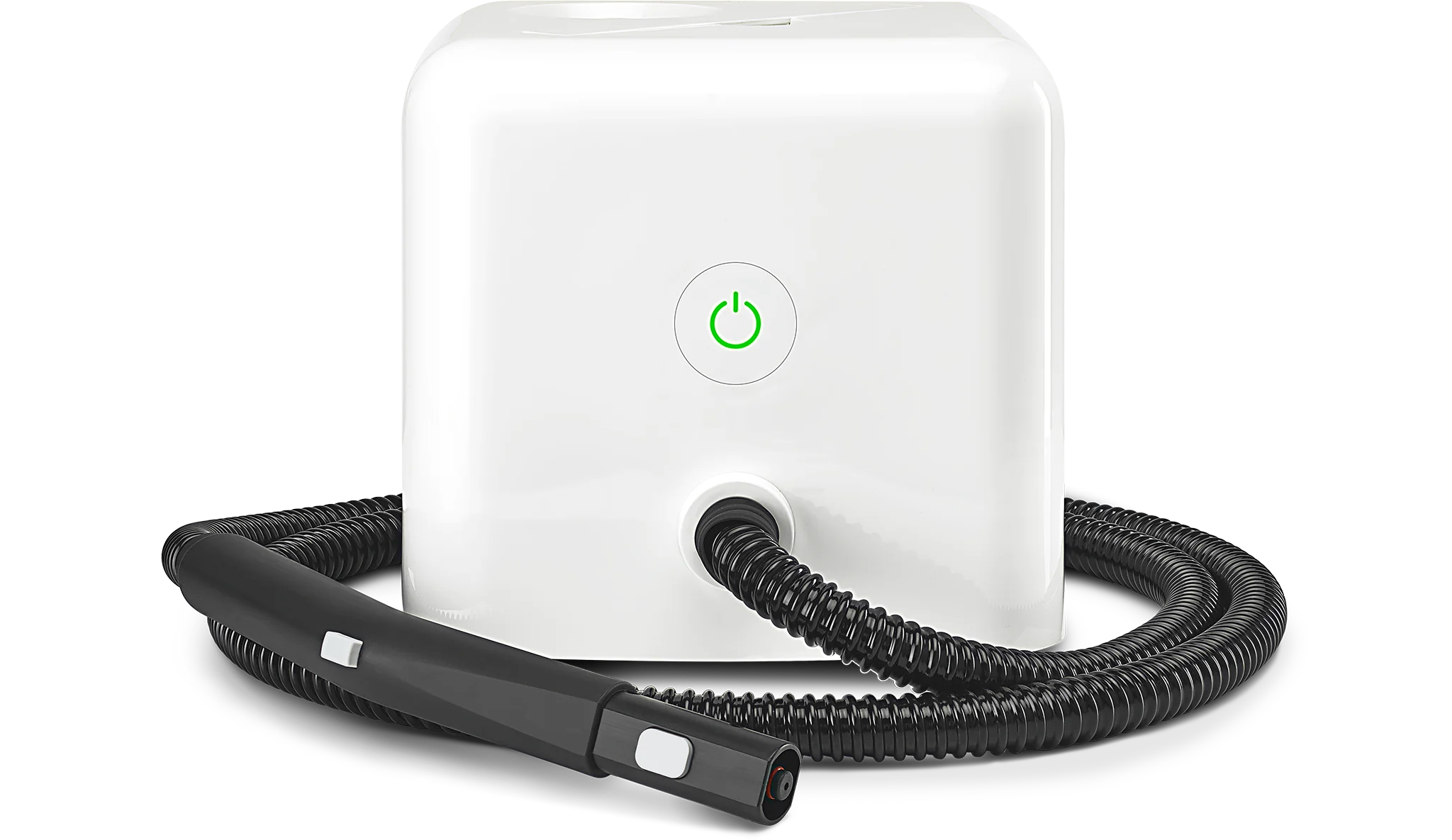
Pro Tips for Mold Prevention and Removal
- Keep an eye on humidity with a humidity monitor.
- Use mold-resistant paint in high-moisture areas.
- Clean up spills immediately to avoid unwanted moisture.
- Run your exhaust fans for 10 minutes post-shower.
- Inspect and maintain gutters regularly to keep water from seeping into your home.
Conclusion: Keep Mold Away and Your Home Happy
Mold and mildew aren’t just unsightly; they’re unhealthy and can sneakily damage your home. But with the right prevention and removal techniques, you can send mold packing for good. Start with simple steps like managing your humidity, keeping things clean, and addressing leaks immediately. If you’ve got a moldy situation that needs a professional touch, don’t hesitate to reach out—Vanilla Cleaning Company is here to keep your home pristine and healthy!
Ready to breathe easy in a mold-free home? Reach out today for a free quote on our house cleaning services, and let us take the cleaning burden off your hands. Together, we can ensure your home remains a clean, welcoming haven for you and your family.
